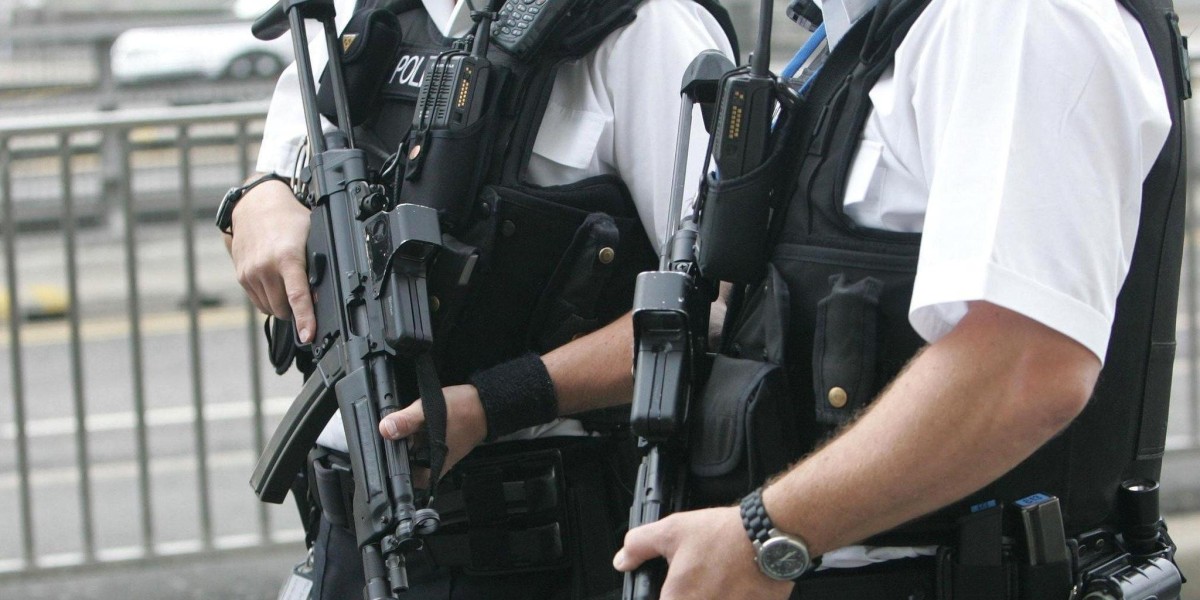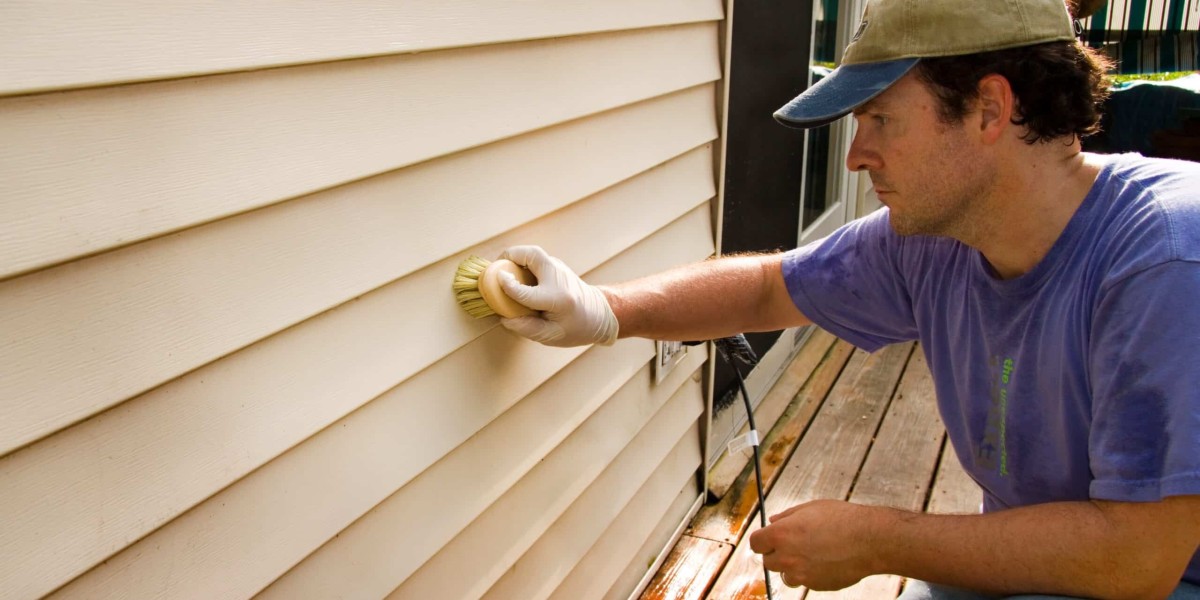When the security needs of an Oakland business, construction site, or event venue go beyond simple presence, the discussion often turns to armed protection. The decision to hire armed security is significant. It's a step taken when the perceived threats involve a higher level of risk protecting high-value assets, deterring violent criminal activity, or securing locations that are inherently vulnerable. However, the presence of a firearm introduces a complex layer of liability, liability, and legal scrutiny. For a business owner or facility manager, the paramount question isn't just whether you need an armed guard, but how to ensure you are hiring a professional whose training, judgment, and composure are as reliable as their sidearm.
The distinction between a well-vetted, highly trained armed professional and a poorly screened individual with a gun could not be more critical. It's the difference between enhanced protection and catastrophic liability. Understanding the rigorous pathway to becoming an armed guard in California is the first step in making an informed, responsible choice for your security needs.
The Rigorous Path to Becoming an Armed Guard in California
In California, not just anyone can put on a uniform and carry a firearm for security work. The state mandates a strict, multi-layered process designed to ensure that only qualified, stable, and well-trained individuals are granted an armed license. This process is far more extensive than that for unarmed security guards Oakland providers.
The Foundation: Security Guard Licensing (BSIS)
Before anyone can even apply for an armed permit, they must first become a licensed security guard through the California Bureau of Security and Investigative Services (BSIS). This foundational step includes:
A criminal history background check through the California Department of Justice (DOJ) and the Federal Bureau of Investigation (FBI).
Completion of a 40-hour Power to Arrest training course and passing the corresponding exam.
Submission of fingerprints and evidence of legal right to work in the United States.
This process establishes a baseline of legitimacy. However, it is only the beginning for an armed professional.
The Armed Guard License: Firearms Training and Proficiency
The armed guard license is a separate, additional certification. To qualify, an individual must complete a series of state-mandated firearms courses. These are not simple "how to shoot" classes. They are comprehensive programs that cover:
Firearms Safety: The absolute, non-negotiable rules for handling, storing, and carrying a weapon to prevent negligent discharges and accidents.
Legal Aspects: A deep dive into the laws of arrest, search and seizure, and the use of force (Penal Code 835a). This is perhaps the most critical component. Guards must understand when they are legally justified in drawing or using their firearm, and the severe consequences of getting it wrong.
Weapons Proficiency: Range time where the guard must demonstrate shooting competition with each specific type of firearm they will be carrying (eg, semi-automatic pistol, revolver). This includes achieving a minimum qualifying score on a state-designed course of fire.
This training doesn't stop at certification. To maintain their armed license, guards must complete regular refresher courses and re-qualify on the range, ensuring their skills and legal knowledge remain sharp.
Beyond the Badge: What Truly Defines a Professional Armed Guard
A state license is the minimum legal requirement. For a business seeking armed security Oakland CA, it is the starting point for evaluation, not the finish line. The true measure of a professional lies in traits that are harder to quantify but are immediately apparent in their conduct.
Judgment and De-escalation: The First Line of Defense
The mark of a top-tier armed professional is not their quick draw, but their ability to defuse a situation long before a firearm becomes necessary. They are trained in verbal judo and conflict resolution. Their goal is to use their presence, communication skills, and authority to calm a volatile situation. The firearm is a tool of absolute last resort, when there is an imminent threat of death or serious bodily injury to themselves or others. A guard who is quick to escalate is a liability, not an asset.
Physical Fitness and Bearing
An armed guard must possess the physical stamina to remain alert and effective throughout a long shift. Their bearing how they carry themselves communicates professionalism, competence, and vigilance. A slouching, inattentive guard with a firearm is ineffective and can be a safety risk. A professional is observant, positioned strategically, and projects an image of controlled readiness that serves as a powerful deterrent in itself.
Continuous Training and Mental Preparedness
The best security companies invest in their armed personnel beyond state mandates. This includes ongoing training in situational awareness, tactical communication, first aid/CPR, and scenario-based exercises. Mental preparedness is also key. Armed guards must be psychologically stable and able to manage extreme stress, making split-second decisions under pressure that will be scrutinized by law enforcement, courts, and the public.
Making the Informed Choice: Armed vs. Unarmed Security
For many security scenarios in Oakland, a highly visible and well-trained unarmed security guards Oakland presence is perfectly sufficient and often preferable. Unarmed guards are experts at access control, customer service, observation, and reporting. They can deter theft and de-escalate minor disputes effectively without the inherent liability of a weapon.
The decision to escalate to armed security should be based on a realistic threat assessment. Consider armed security if your operation involves:
High-Value Transit: Transporting cash, pharmaceuticals, or expensive electronics.
Inherently Risky Environments: Jewelry stores, cannabis dispensaries, or high-profile corporate offices.
Heightened Threat Levels: A site that has experienced specific, credible threats of violence.
Protection of Critical Infrastructure: Utility substations or communication hubs.
Partnering with a Responsible Provider in Oakland
When your assessment concludes that armed security is necessary, your due diligence must extend to the company providing the service.
Vetting a Provider: Key Questions to Ask
What is your hiring and vetting process? Do you conduct psychological screenings in addition to state requirements?
What does your ongoing training program include? Can you provide details on de-escalation and legal use-of-force training?
What is your incident reporting protocol? How do you manage liability and communicate with clients after an event?
Can I see your certificates of insurance? Ensure they have robust general liability and errors & omissions coverage that specifically includes armed security work.
A reputable provider will welcome these questions and provide transparent, satisfactory answers. They understand that their reputation and your safety are inextricably linked.
The decision to employ armed security Oakland CA is one of the most serious responsibilities a business owner can face. It is a commitment to a higher standard of care, due diligence, and partnership. By insisting on verified state licensing, seeking out professionals trained in de-escalation, and partnering with a company that prioritizes continuous training and safety, you transform a potential liability into a powerful, responsible layer of protection. This careful, informed approach ensures that the security you enlist is defined not by the weapon they carry, but by the judgment, skill, and professionalism they demonstrate every day.





